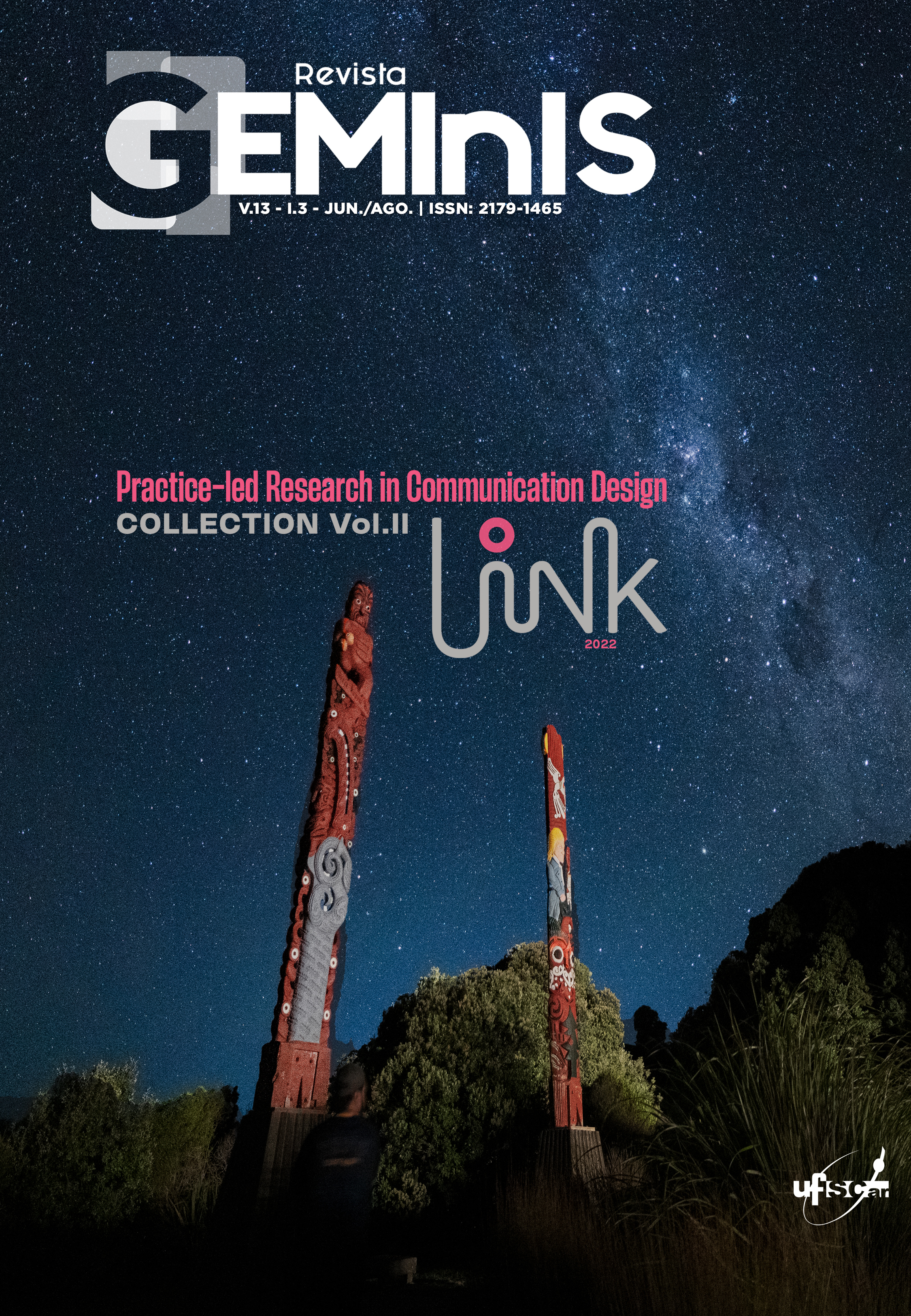Crunch: Análise do fenômeno na cena de desenvolvimento independente de games
DOI:
https://doi.org/10.53450/2179-1465.RG.2022v13i3p5-15Palavras-chave:
Crunch time, Jogos independentes, Indie Games, Indústria AAA, Indústria dos GamesResumo
A indústria de jogos sofre com um problema de horas extras obrigatórias não remuneradas. Isso geralmente ocorre nos meses anteriores ao lançamento do jogo ou a um evento importante, e é chamado de "crunch" ou "crunch time". Por meio de uma revisão de literatura, este artigo investiga o fenômeno generalizado do crunch time tanto no AAA quanto na indústria independente de jogos digitais. Estabelecemos fatores que influenciam esse comportamento e fornecemos exemplos de como isso pode afetar a vida pessoal e a saúde mental dos trabalhadores. Também descobrimos que o crunch ainda é um problema mesmo para desenvolvedores solitários, e está relacionado à cultura de desenvolvimento de jogos. Este artigo relaciona uma alta incidência da síndrome de burnout e a baixa expectativa de tempo na indústria AAA – entre 3 e 9 anos (Cote & Harris, 2021) – entre os trabalhadores de videogames ao crunch. De acordo com o IGDA, 42% dos desenvolvedores são submetidos ao crunch. Esperamos lançar uma luz sobre o assunto e, com isso, conscientizar sobre as condições insalubres de trabalho a que os trabalhadores da indústria de jogos estão submetidos. Esperamos também que novas e mais realistas expectativas possam ser criadas em relação ao desenvolvimento independente de jogos, respeitando a prática e seus desenvolvedores.
Downloads
Referências
Anthropy, A. (2012). Rise of the videogame zinesters: How freaks, normals, amateurs, artists, dreamers, drop-outs, queers, housewives, and people like you are taking back an art form. Seven Stories Press
Clement, J. (2021, September) Video gaming market size worldwide 2020-2025. 2021, Juniper Research, Statista. Retrieved May 17, 2021, from https://www.statista.com/statistics/253816/value-of-the-global-video-game-market-in-by-region/
Cote, A. C., & Harris, B. C. (2021). ‘Weekends became something other people did’: Understanding and intervening in the habitus of video game crunch. Convergence, 27(1), 161–176. https://doi.org/10.1177/1354856520913865
Crary, J. (2016). 24/7: capitalismo tardio e os fins do sono. Ubu Editora LTDA-ME.
Edholm, H., & Lidström, M. (2016). Crunch time: the Causes and Effects of Overtime in the Games Industry.
FOUCAULT, M. (2014). Vigiar e punir: nascimento da prisão. Petrópolis (RJ): Ed. Vozes.
Fox, T. (2015). Undertale. Self-Published. Various platforms.
Garda, M. B., & Grabarczyk, P. (2016). Is every indie game independent? Towards the concept of independent game. Game Studies, 16(1). Retrieved February 10th, 2021, from http://gamestudies.org/1601/articles/gardagrabarczyk.
Han, B. C. (2015). The burnout society. In The Burnout Society. Stanford University Press.
Hoffman, E. (2004). EA: The human story. Online. Retrieved June 18th, 2021, from: https://ea-spouse.livejournal.com/274.html
Juul, J. (2014, April). High-tech low-tech authenticity: The creation of independent style at the Independent Games Festival. In FDG. Retrieved February 10, 2021, from: https://www.jesperjuul.net/text/independentstyle/independentstyle.pdf
Kerr, A. (2011). The culture of gamework. In: Mark Deuze (Ed.), Managing Media Work. London (etc.): Sage
Persson, M., & Bergensten, J. (2011). Minecraft. Stockholm, Sweden: Mojang AB
Nesteriuk, S., Prieto, D., & Steagall, M. (2021a, December). Crunch: Analysis of the phenomenon in the independent game development scene. In Link Symposium Abstracts 2020 (Vol. 2, No. 1). https://doi.org/10.24135/link2021.v2i1.168
Nesteriuk, S., & Prieto, D. T. (2021b). Indie Games BR: estado da arte das pesquisas sobre jogos independentes no Brasil. SBC, Proceedings of SBGames 2021. XX Brazilian Symposium on Computer Games and Digital Entertainment: Industry Track. 2021- ISSN: 2179-2259
Rockstar, Spouse. (2010) Wives of Rockstar San Diego employees have collected themselves. Retrieved June 18th, 2021, from: https://www.gamedeveloper.com/disciplines/wives-of-rockstar-san-diego-employees-have-collected-themselves
Ruffino, P., & Woodcock, J. (2021). Game workers and the empire: unionisation in the UK video game industry. Games and Culture, 16(3), 317-328.
Schreier, J. (2017). Blood, sweat, and pixels: The triumphant, turbulent stories behind how video games are made. New York: Harper.
Watson, A. (2020). Film Industry – statistics & facts. 2020, Statista. Retrieved May 17, 2021, from https://www.statista.com/topics/964/film/#dossierKeyfigures
Woodcock, J. (2020). How to beat the boss: Game Workers Unite in Britain. Capital & Class, 44(4), 523-529.
Publicado
Como Citar
Edição
Seção
Licença
Copyright (c) 2022 Daniel Prieto, Sérgio Nesteriuk

Este trabalho está licenciado sob uma licença Creative Commons Attribution-ShareAlike 4.0 International License.
Autores que publicam nesta revista concordam com os seguintes termos:
a. Autores mantém os direitos autorais e concedem à revista o direito de primeira publicação, com o trabalho simultaneamente licenciado sob a Licença Creative Commons Attribution que permite o compartilhamento do trabalho com reconhecimento da autoria e publicação inicial nesta revista.
b. Autores têm autorização para assumir contratos adicionais separadamente, para distribuição não-exclusiva da versão do trabalho publicada nesta revista (ex.: publicar em repositório institucional ou como capítulo de livro), com reconhecimento de autoria e publicação inicial nesta revista.


